Jewels of Rajasthan
- Tour code : 201110
- Visiting : Jaipur-Bikaner-Jaisalmer-Jodhpur-Udaipur-Pushkar
- 11 Days / 10 Nights
- Cost per person (Click here to know)
- Flights
- Accommodation
- Local Transport
- Meals
- Flights
- Accommodation
- Local Transport
- Meals
Jewels of Rajasthan – Tentative Itinerary 10 Nights/11 Days
Day 1: Jaipur:
Arrival in Jaipur, Pick up from Jaipur Railway Station/Bus Stand/Airport to hotel. Proceed for
sightseeing of Hawa Mahal, Jantar Mantar and City Palace. Overnight stay at hotel in Jaipur.
Day 2: Jaipur:
After Breakfast proceed for sightseeing of Jal-mahal, Nahargarh Fort, Amer Fort. Overnight stay
at Hotel in Jaipur.
Day 3: Jaipur to Bikaner:
After breakfast proceed towards Bikaner, sightseeing of Camel Breeding Farm and Deshnoke
Temple. Overnight stay at Bikaner.
Day 4: Bikaner-Jaisalmer:
After breakfast visit Junagarh Fort and proceed towards Jaisalmer and visit Sam Sand Dunes in
the evening, Dinner and Overnight stay in the tent at Jaisalmer.
Day 5: Jaisalmer
After breakfast visit Kuldhara Village, Jaisalmer Fort, Patwon ki Haveli and War Museum.
Overnight stay at Jaisalmer.
Day 6: Jaisalmer to Jodhpur
After Breakfast, proceed for Jodhpur, visit Mehrangarh Fort and Overnight stay at Jodhpur.
Day 7: Jodhpur to Mount Abu
After Breakfast, visit Umaid Bhawan Museum, proceed for Mount Abu, in the evening visit Nakki
Lake and Sunset point. Overnight stay at Mount Abu.
Day 8: Mount Abu to Udaipur
After Breakfast, move for sightseeing including Dilwara Temple, Guru-shikhar Temple, Brahma
kumaris Peace Park, proceed to Udaipur, check in into the hotel, Overnight stay at Udaipur.
Day 9: Udaipur
After Breakfast, Proceed towards Eklingji and Haldighati back to Udaipur visit Saheliyon ki Bari
and enjoy a boat ride at Fateh Sagar lake. Overnight stay at Hotel in Udaipur.
Day 10: Udaipur to Pushkar
After Breakfast visit City Palace, proceed for Pushkar, and check in into the hotel. Visit the
Brahma Temple, Pushkar Lake Overnight in the hotel at Pushkar
Day 11: Pushkar to Jaipur
After Breakfast, check out from the hotel and proceed for Ajmer, visit the Dargah Sharif and
Pushkar, Drop at Jaipur Railway Station/Bus Stand/Airport.
Hawa Mahal:
is a palace in Jaipur, India approximately 300 kilometers from the capital city of Delhi. Built from red and pink sandstone, the palace sits on the edge of the City Palace, Jaipur, and extends to the Zenana, or women's chambers.
The structure was built in 1799 by Maharaja Sawai Pratap Singh, the grandson of Maharaja Sawai Jai Singh, who was the founder of Jaipur.He was so inspired by the unique structure of Khetri Mahal that he built this grand and historical palace. It was designed by Lal Chand Ustad. Its five floor exterior is akin to honeycomb with its 953 small windows called Jharokhas decorated with intricate latticework.The original intent of the lattice design was to allow royal ladies to observe everyday life and festivals celebrated in the street below without being seen, since they had to obey the strict rules of "purdah", which forbade them from appearing in public without face coverings. This architectural feature also allowed cool air from the Venturi effect to pass through, thus making the whole area more pleasant during the high temperatures in summer.Many people see the Hawa Mahal from the street view and think it is the front of the palace, but it is the back.
Jantar Mantar :
is an assembly of stone-built astronomical instruments, designed to be used with the naked eye. There were five Jantar Mantars in India, all of them built at the command of the Rajah Jai Singh II, who had a keen interest in mathematics, architecture and astronomy; four remain, as the Jantar Mantar at Mathura was torn down just before the revolt of 1857. The largest example is the equinoctial sundial belonging to Jaipur's assembly of instruments, consisting of a gigantic triangular gnomon with the hypotenuse parallel to the Earth's axis. On either side of the gnomon is a quadrant of a circle, parallel to the plane of the equator. The instrument can be used with an accuracy of about 2 seconds by a "skilled observer" to measure the time of day, and the declination of the Sun and the other heavenly bodies. It is the world's largest stone sundial, known as the Vrihat Samrat Yantra.The Jaipur Jantar Mantar is a UNESCO World Heritage Site.
The Jal Mahal palace :
is an architectural showcase of the Rajput style of architecture (common in Rajasthan) on a grand scale, from Mughal architecture. The building has a picturesque view of Man Sagar Lake, but owing to its seclusion from land is equally the focus of a viewpoint from the Man Sagar Dam on the eastern side of the lake in front of the backdrop of the surrounding Nahargarh ("tiger-abode") hills. The palace, built in red sandstone, is a five-storied building, of which four floors remain underwater when the lake is full and the top floor is exposed[citation needed].One rectangular Chhatri on the roof is of the Bengal type. The chhatris on the four corners are octagonal. The palace had suffered subsidence in the past and also partial seepage (plasterwork and wall damage equivalent to rising damp) because of waterlogging, which have been repaired under a restoration project of the Government of Rajasthan.
Karni Mata Temple:
is a Hindu temple dedicated to Karni Mata at Deshnoke, 30 km from Bikaner, in Rajasthan, India. It is also known as the Temple of Rats.The temple is famous for the approximately 25,000 black rats that live, and are revered, in the temple. These holy rats are considered the ancestors of Charans and called kabbas, and many people travel great distances to pay their respects. The temple draws visitors from across the country for blessings, as well as curious tourists from around the world.
San sand dunes :
This is the closest place from where you can loose yourself in 'the Great Thar Desert'. Sam has a truly magnificent stretch of sweeping dunes, with sparse or no vegetation. The best way to get here, of course, is on camelback.
Join a camel caravan at Jaisalmer on your Rajasthan tours and ride along the breathtaking crests and troughs. Enjoy the romance of solitude as your camel takes you deep in the hearts of the Thar Desert. Put yourself in the camp and experience the sun setting behind the horizon. Organize a bonfire with the fellow tourists in the night and enjoy the rustic and earthy music and dance of Rajasthan.In the month of February/March, this whole place turns into a cultural hub. The desert festival organized amid these dunes is the showcase of Rajasthani culture as a whole. Open-air cultural extravaganzas, puppet shows, folk dance performances, camel races, competitions and general festivities mark this annual event that is held with great pomp and show at the Sam Sand dunes in Jaisalmer, Rajasthan.
The Jaisalmer War Museum :
conceived by Lieutenant General Bobby Mathews, AVSM, VSM, General Officer Commanding, Desert Corps and constructed by the Desert Corps of the Indian Army.It was dedicated to the Nation by Lieutenant General Ashok Singh, PVSM, AVSM, SM, VSM, ADC, General Officer Commanding-in-Chief, Southern Command, Indian Army, on 24 August 2015. The Museum displays war exhibits which include vehicles and equipment captured during the course of operations in 1965 and 1971. The Jaisalmer War Museum, popularly known as JWM, has an Honour Wall engraved with the names of the Param Vir Chakra and Maha Vir Chakra gallantry award winners, two large Information Display Halls - Indian Army Hall and Laungewala Hall, an Audio Visual Room, a souvenir shop and a cafeteria. A Hunter Aircraft of the Indian Air Force, which destroyed enemy tank columns during the Battle of Laungewala is also displayed.The Jaisalmer War Museum is located 10 km short of Jaisalmer on the Jaisalmer - Jodhpur Highway. The inauguration of the Museum took place in the Golden Jubilee Commemoration Year of the 1965 India Pakistan War.
Mount Abu:
The ancient name of Mount Abu is Arbudaanchal. In the Puranas, the region has been referred to as Arbudaranya ("forest of Arbhuda") and 'Abu' is a diminutive of this ancient name. It is believed that sage Vashistha retired to the southern spur at Mount Abu following his differences with sage Vishvamitra. There is another history story according to which a serpent named "Arbuda" saved the life of Nandi (Lord Shiva's bull). The incident happened on the mountain that is currently known as Mount Abu and so the mountain is named "Arbudaranya" after that incident which gradually became Abu.
Pushkar:
a city in the Ajmer district in the Indian state of Rajasthan. It is situated about 10 km (6.2 mi) northwest of Ajmer and about 150 kilometres (93 mi) southwest of Jaipur. It is a pilgrimage site for Hindus and Sikhs. Pushkar has many temples. Most of the temples and ghats in Pushkar are from the 18th century and later, because many temples were destroyed during Muslim conquests in the area. Subsequently, the destroyed temples were rebuilt. The most famous among Pushkar temples is the red spired Brahma Temple built by Gurjar Samrat Pushkar, who is father of Vedmata Gayatri, who was a chechi kanya married to Lord Brahma. It is considered a sacred city by the Hindus particularly in Shaktism and meat and eggs consumption are forbidden in the city. Pushkar is located on the shore of Pushkar Lake, which has many ghats where pilgrims bathe.Pushkar is also significant for its Gurdwaras for Guru Nanak and Guru Gobind Singh. One of the bathing ghats is called Gobind ghat built by the Sikhs in the memory of Guru Gobind Singh.famous for its annual fair (Pushkar Camel Fair) featuring a trading fete of cattle, horses and camels.It is held over seven days in autumn marking Kartika Purnima according to the Hindu calendar (Kartik (month), October or November). It attracts nearly 200,000 people. In 1998, Pushkar hosted about 1 million domestic (95%) and international tourists over the year.
Inclusions:
• 2N stay at Jaipur, 1N Bikaner, 2N Jaisalmer, 1N Jodhpur, 1N Mount Abu, 2N Udaipur, 1N Pushkar,on a twin-sharing basis. • All Hotels/Resorts 3* and above.
• Meals(Breakfast)
• Places of Visit and transport by AC Sedan/Innova/Tempo Traveller depending on the group size.
• Inclusive of all taxes and driver charges, etc.
• English and Hindi speaking drivers expert in taking care of Guests
• Transfer to and from Jaipur Railway Station/Bus Stand/Airport.
• Tour conducted in association with Rajasthan tourism.
Exclusions:
• Additional supplement applicable during the peak holiday season – Diwali, X-Maas, New Year, local festival.
• Any additional hours/days of stay required beyond standard check-in time 12:00 PM and check-out time 11:00 AM at hotels or pre or post-tour. Any upgrade of room category in hotels
• Cost for any adventure activities e.g. boating, trekking, fishing, cycling, coral ride, or river cruise
• Places of visit and attraction tickets not mentioned in inclusions. Any deviation of places of the visit from the route plan.
• Travel Insurance and expenses of personal nature like room services, tipping, laundry, telephone/fax calls, alcoholic beverages, camera/video camera fee at monuments, medical expenses, airport departure tax, etc.
• Any expenses caused by reasons beyond our control such as roadblocks, landslides, accidents, and any emergency evacuations.
Bookings: Cancellations:

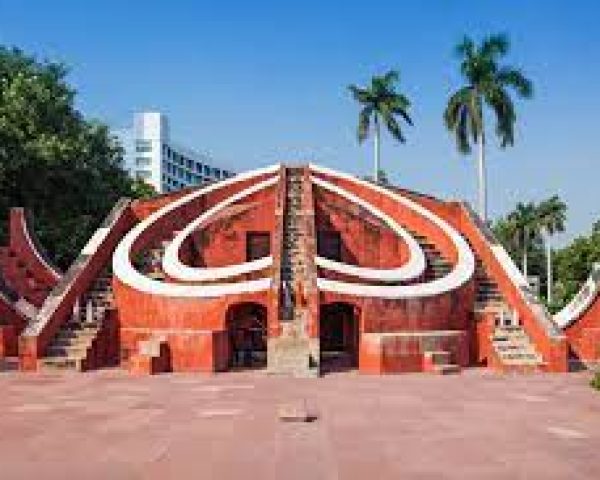
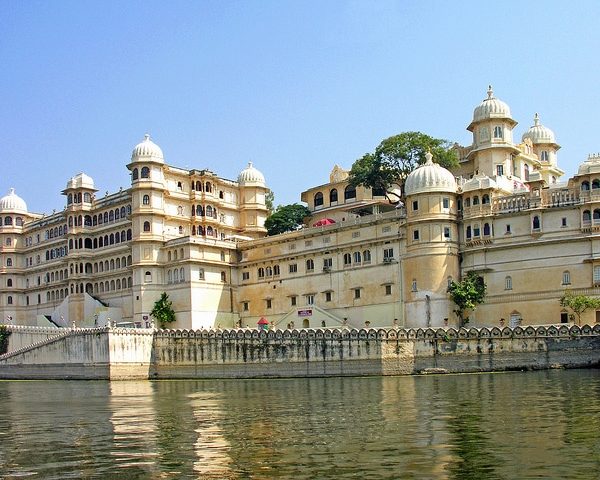
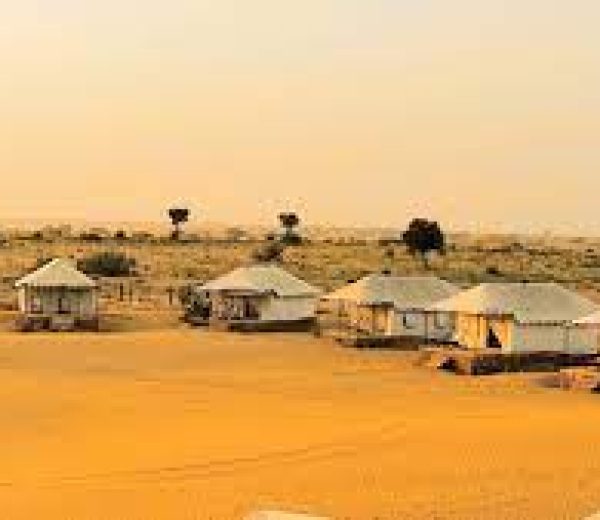

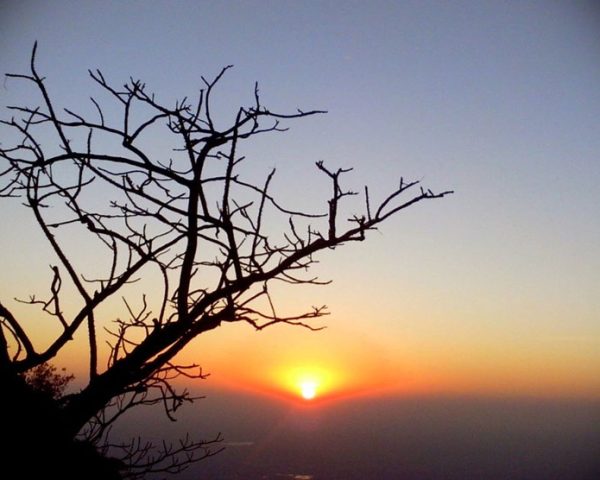
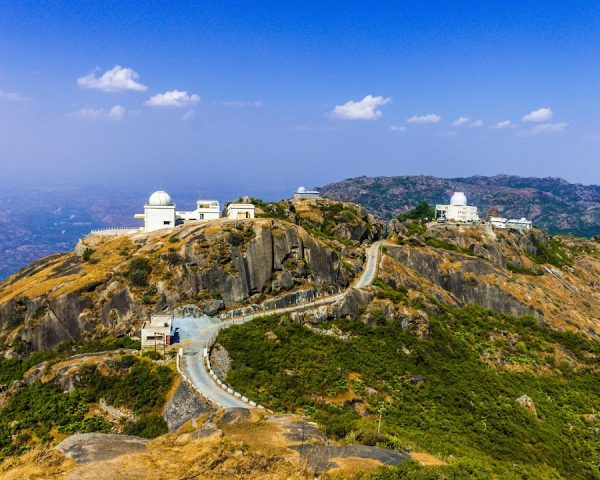
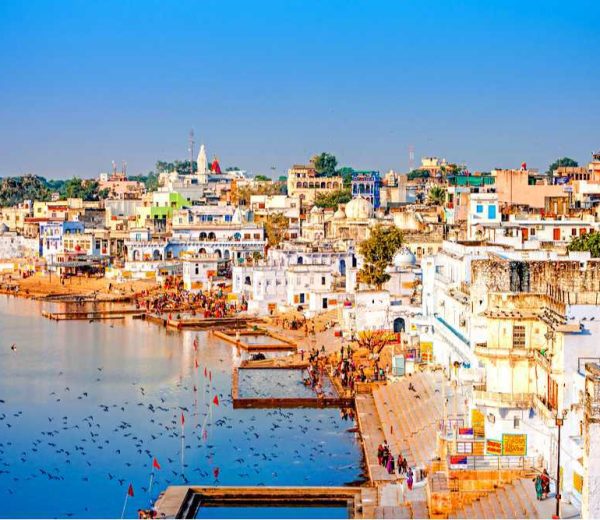
Get in touch with our travel expert
- 040-40164248 | +91 80080 03718
- info@saradhitcpl.com
- 040-40164248 | +91 80080 03719
- saradhitppl@gmail.com


